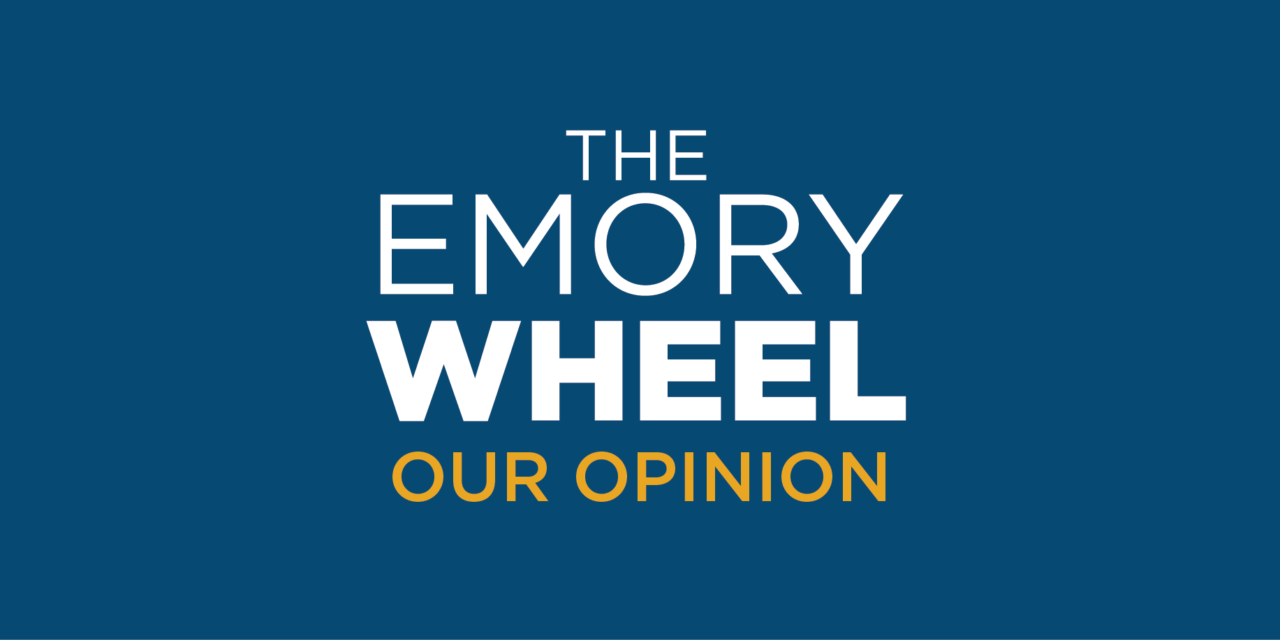On Monday, University of Missouri President Timothy Wolfe resigned amidst protests accusing the administration of not properly addressing campus racial issues. The events that occurred demonstrate how simmering racial tensions on college campuses can boil over into full-fledged, effective activism. Wolfe’s resignation has both granted activists a symbolic victory and opened up the door for future change under new leadership.
In light of this event and similar incidents at other universities, this is a moment when members and administrators of the Emory community should look inward at our campus’ heightening racial tensions.
Activists around the country have been repeating a common refrain: People must pay attention and consciously analyze the daily racial conflict around them. These injustices are always happening; we must never shut our eyes to their presence.
Racism today manifests itself in a variety of institutional and interpersonal ways, from macro- to micro-aggressions, from blatant acts of hate and violence to small incidences of exclusion that accrue over time. Students of color face a wide range of insensitivity and oppression from all sides of campus.
Rather than wait for another overt, racially insensitive incident to spur community outcry, the Emory administration should be proactive on the issues of improving race relations and inclusivity on campus. Not only must they become aware of the experiences of underrepresented groups, but they must also work towards creating a campus that is diverse beyond just the numbers.
While the University of Missouri has created an opportunity for change by opening up the presidency, we at Emory are approaching that juncture this year with the University President James W. Wagner’s upcoming retirement. The Board of Trustees should look at these incidents occurring across the country — including those at our own University — and choose a successor who places race and diversity at the forefront of campus initiatives. We would like to see the Board of Trustees choose a president with an acute perception of the realities of racism in America.
We can’t simply point to buzzwords like “diversity” and “inclusion” to pretend that the problem is solved. Diversity and belonging look very different from each other, and while the current state of race relations on college campuses might meet the standard of the former, it certainly does not meet standards of the latter. We need to foster a community of inclusion at Emory for all students that moves beyond assimilation and that treats students of color as more than statistics to tout diversity for improving public relations.
While the onus is on administration to use the news from University of Missouri as a lesson, student activists may also have some questions worth thinking about. Power manifests itself in different ways at different universities. University of Missouri activists were able to rally the support of the school’s football players who boycotted playing until the demands of protesters were met. This raises the question: how does student power manifest itself at Emory? As a private institution without a football team, what resources do activists here have to facilitate the changes that they demand?
Regardless, it should not take a racist or insensitive action by a member of our community to make change happen. The whole point of paying attention to the problems in the world is not to have to wait for injustice to hit us in the face but rather to remain constantly cognizant of its rampancy.
The above staff editorial represents the majority opinion of the Wheel‘s editorial board.
The Emory Wheel was founded in 1919 and is currently the only independent, student-run newspaper of Emory University. The Wheel publishes weekly on Wednesdays during the academic year, except during University holidays and scheduled publication intermissions.
The Wheel is financially and editorially independent from the University. All of its content is generated by the Wheel’s more than 100 student staff members and contributing writers, and its printing costs are covered by profits from self-generated advertising sales.






too bad we don’t have a football team to leverage.
Look, this will not get traction. Not at Emory
Especially with comments like yours.
A lot of this is vague. I understand the concept of preventative measures but what exactly should Emory do that it hasn’t done already? When I walk around campus I don’t exactly get the feeling that this is some sort of racially tense community. What are some of these ways in which minorities are uncomfortable at Emory and what solutions, specifically, should Emory propose?